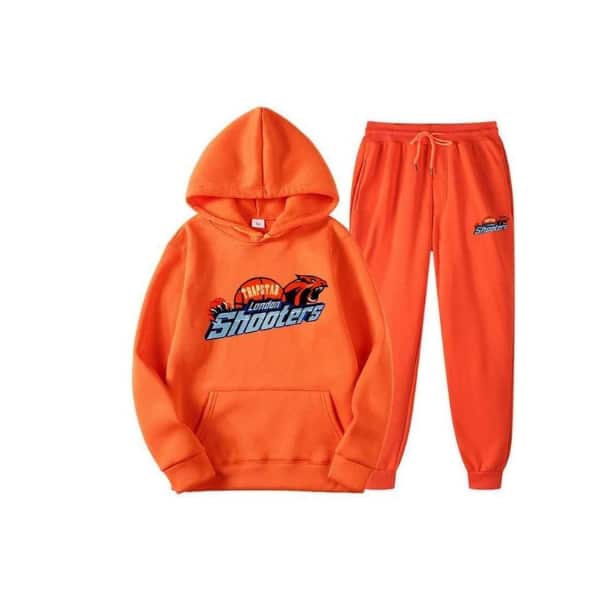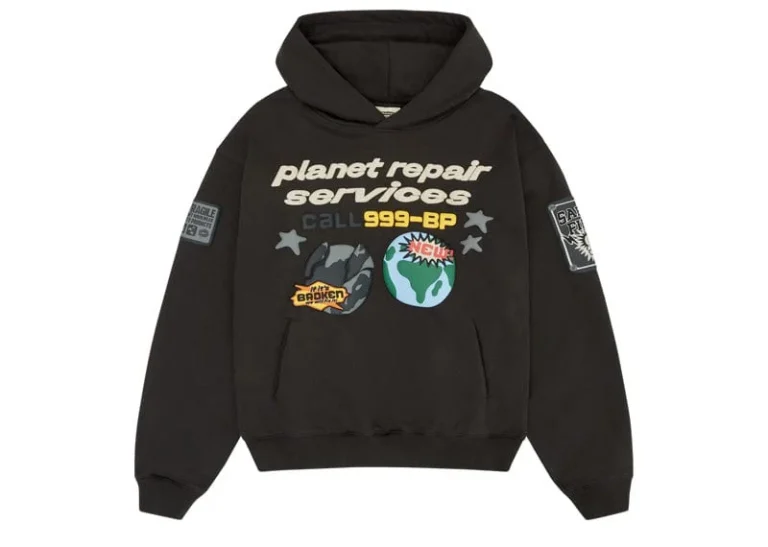Screen Printed T-Shirts vs. Digital Printing: Which Is Better for You?
Introduction
When it comes to designing custom t-shirts, one of the first decisions you’ll need to make is how to get your design printed. Two of the most popular methods today are screen printing and digital printing. Both can produce great results, but they differ in technique, cost, durability, and overall finish.
If you’ve ever wondered why some shirts have a soft, vintage feel while others pop with bright, vibrant colors, the answer often lies in the printing method. Whether you’re creating shirts for your business, event, sports team, or just for fun, understanding these differences can help you get the best value and quality.
In this article, we’ll break down the differences between screen printed t-shirts and digitally printed shirts, exploring their advantages, drawbacks, and which method might be right for your specific needs.
1. Understanding the Basics of Each Printing Method
Before diving into comparisons, let’s quickly understand how each process works.
Screen Printing
Screen printing is a traditional technique where ink is pressed through a fine mesh stencil (called a “screen”) onto the fabric. Each color in the design requires a separate screen, which is why this method works best for designs with limited colors.
This process results in vibrant, long-lasting prints that can withstand years of washing and wear. It’s the classic choice for bulk orders, logos, or simple graphics on screen printed t-shirts.
Digital Printing (DTG – Direct to Garment)
Digital printing, on the other hand, uses advanced inkjet technology to print the design directly onto the fabric. Think of it as printing a photo onto a t-shirt.
There’s no need for screens, which makes it ideal for detailed, multi-colored, or photographic designs. The ink is absorbed into the fabric fibers, resulting in a soft and smooth finish.
2. Print Quality and Detail
Screen Printing: Bold and Vibrant
Screen printing is known for its rich, saturated colors that stand out beautifully, even on dark fabrics. The ink sits on top of the fabric, giving it a slightly raised texture and striking appearance.
However, because each color needs its own screen, it’s better suited for simpler designs with fewer colors. Intricate gradients or photographic details can be harder (and more expensive) to achieve.
Digital Printing: Sharp and Detailed
Digital printing shines when it comes to detailed artwork. It can reproduce gradients, shadows, and photographic images with incredible precision—something screen printing struggles with.
The result is smooth and soft to the touch, especially on lighter-colored shirts. If your design has fine lines, portraits, or lots of colors, digital printing will capture every detail.
Winner: Digital printing for detail and photo-realism, screen printing for bold, vibrant colors.
3. Durability and Longevity
Screen Printing: Built to Last
One of the main reasons businesses and event organizers love screen printed t-shirts is their durability. The thick ink layer bonds strongly with the fabric, allowing the print to withstand repeated washes without fading or cracking.
A well-done screen print can easily last for years while keeping its color and texture intact.
Digital Printing: Great, But Not Forever
Digital prints are softer and thinner, which makes them feel nice on the skin—but they’re generally less durable over time. The colors may fade faster, especially after multiple washes or if exposed to harsh detergents.
That said, modern DTG technology has improved a lot, and with proper care, digital prints can still last a long time.
Winner: Screen printing for long-term durability.
4. Cost and Order Size
Screen Printing: Economical for Bulk Orders
Because screen printing requires setup time and materials for each color, it’s most cost-effective when printing in large quantities. The more shirts you order, the lower the price per piece becomes.
For example, if you’re printing 100 shirts with the same design, the cost of creating screens spreads out evenly, making it a smart choice for businesses, teams, and events.
Digital Printing: Ideal for Small Batches
Digital printing requires no setup or screens, making it perfect for smaller runs or one-off designs. You can print a single shirt with a full-color image without paying extra setup fees.
However, for bulk orders, digital printing can become more expensive per shirt compared to screen printing.
Winner: Screen printing for large orders; digital printing for small or custom runs.
5. Fabric Compatibility
Screen Printing: Versatile Across Materials
Screen printing works well on a wide range of fabrics, including cotton, polyester, blends, and even specialty materials like canvas or nylon. This versatility makes it ideal for uniforms, tote bags, or promotional merchandise.
Digital Printing: Best on 100% Cotton
DTG printers work best on 100% cotton fabrics. The ink bonds directly with the natural fibers, producing a smooth and vibrant finish. Synthetic or blended materials don’t absorb the ink as well, which can lead to muted colors or uneven prints.
Winner: Screen printing for fabric flexibility.
6. Color Range and Special Effects
Screen Printing: Unlimited Creativity
One of the biggest advantages of screen printing is the ability to use specialty inks, like metallics, glitter, glow-in-the-dark, puff ink, or even textures. These effects make designs pop in ways digital printing can’t replicate.
Digital Printing: Realistic Color Blends
While digital printing doesn’t allow for texture-based effects, it excels at blending colors smoothly. It can produce photo-realistic gradients and full-color images without limitations on the number of colors used.
Winner: Screen printing for special effects; digital printing for realism.
7. Environmental Impact
Screen Printing: Traditional but Wasteful
Traditional screen printing can use more ink and water, especially when cleaning screens between colors. However, many modern print shops are adopting eco-friendly inks and water-based alternatives to reduce waste.
Digital Printing: More Sustainable Option
Digital printing generally uses less water and generates less waste. Since it’s a direct process, there’s no need for screens, stencils, or leftover ink. If sustainability is a key factor for your brand, DTG printing has the greener edge.
Winner: Digital printing for sustainability.
8. Turnaround Time
Screen Printing: Slower for Setup, Faster for Volume
Because each color needs its own screen, setup can take time. However, once printing begins, it’s quick and efficient for large batches.
Digital Printing: Quick for Small Orders
Digital printing is fast to start since there’s no setup required. You can print one shirt immediately after uploading your design, making it great for on-demand or last-minute needs.
Winner: Digital printing for small orders, screen printing for large ones.
read more : Top 10 Use Cases of AI Medical Chatbots Revolutionizing Healthcare
9. Feel and Finish
Screen Printing: Textured and Bold
Screen prints often have a slightly raised feel where the ink sits on top of the fabric. Some people love this tactile texture, it gives the design a professional, premium look.
Digital Printing: Soft and Smooth
Since the ink soaks into the fibers, digital prints feel soft to the touch. There’s no noticeable texture, which is perfect for comfortable, everyday wear.
Winner: Digital printing for comfort, screen printing for a bold finish.
10. Which Should You Choose?
Choosing between screen printed t-shirts and digital printing depends on your goals, budget, and design style.
| Factor | Screen Printing | Digital Printing (DTG) |
| Best For | Bulk orders, logos, bold colors | Small runs, detailed or photo designs |
| Durability | Excellent | Good |
| Cost | Cheaper for bulk | Cheaper for small quantities |
| Fabric Types | Works on most fabrics | Best on 100% cotton |
| Design Detail | Limited | Highly detailed |
| Eco-Friendliness | Moderate | Better |
| Turnaround Time | Longer setup, faster production | Instant printing, slower for bulk |
Final Verdict:
- Choose screen printing if you’re printing large quantities, want durability, and prefer bold, vibrant designs.
- Choose digital printing if you’re printing small batches or detailed, colorful designs that require precision.
Conclusion
At the end of the day, both printing methods have their strengths. Screen printed t-shirts offer unbeatable durability and bold color impact, making them a classic choice for businesses, events, and teams. Digital printing, meanwhile, brings flexibility, photo-level detail, and eco-friendly advantages for smaller or creative projects.
Your ideal choice depends on your project’s goals, whether that’s standing out at a large event or creating one-of-a-kind shirts with intricate artwork.
Whichever route you choose, the right printing method can turn a simple t-shirt into a wearable statement, one that proudly represents your brand, your creativity, and your message.






